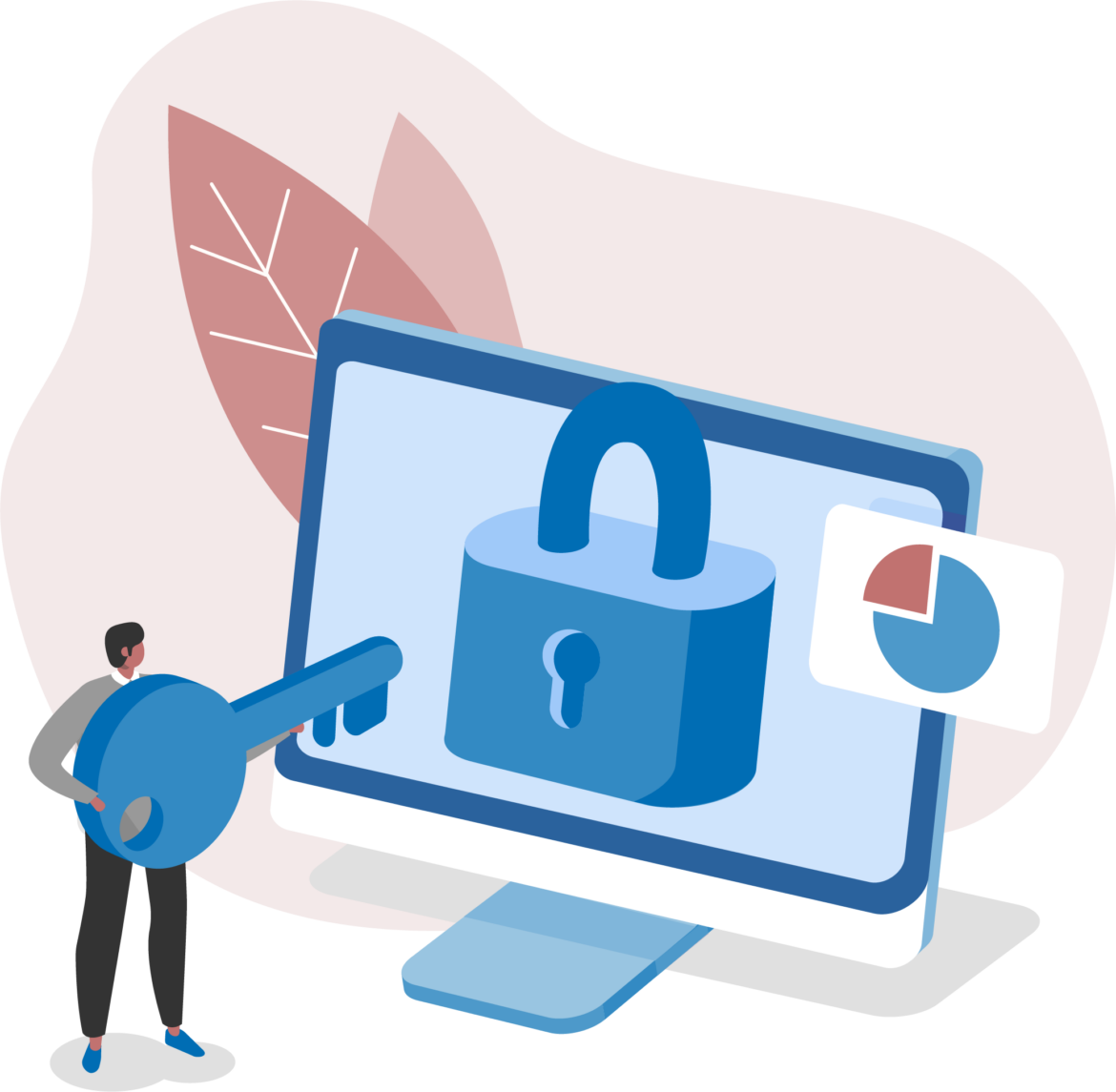Several data functions are described in the scenario for the Internet Application (IA):
From the Names of Possible Functions listed identify the data functions for the IA. Select N/A if a Name of Possible Function does not apply.
Identify the data functions used:

The Human Resources (HR) application contains 5 data functions.

Determine the complexity of data functions:
Select the complexity for each function:

LIBRARY INFORMATION SYSTEM (LIS) - REGISTER A TEXT
Determine the complexity of the following functions:
Select the complexity for each function:

A Flight Reservation application has the ability to make a reservation and reserve a seat.
From the Names of Possible Functions listed identify the transactional functions for the Flight Reservation application. Select N/A if a Name of Possible Functions does not apply.
Identify the functions used:

The Procurement application requires the ability to maintain information on each new supplier. The information that must be maintained on the Supplier logical file includes:
Supplier id
Supplier name
Supplier mailing address
Supplier skill
As a result of creating a new supplier record, the supplier's annual costs should be automatically calculated and saved with the other supplier information.
Orders are maintained in the Order logical file by the Procurement application. The Accounts Payable logical file is updated for each order. Line items for each order are stored in the Order Detail subgroup of the order logical file.
Backorders and delivery errors are tracked by the Procurement application on the Transparency Track Record logical file. This file is compared to each supplier's values in the Service Level Agreement logical file which is maintained by the Contract application. The Procurement application produces a report for the Legal Office of suppliers that are performing outside of their Service Level Agreement.
From the Names of Possible Functions listed identify the data functions for the Procurement application. Select N/A if a Name of Possible Function does not apply.
Identify the functions used.

Identify the data and/or transactional functions in the following scenario:
In an international company, the user requires the Human Resources (HR) application to provide the following capabilities:
Identify the functions used.

TAX APPLICATION
For the TAX application the user required the migration of existing taxpayer information (name, tax identification number, location name) to the TAX application. A conversion file with taxpayer data was created and imported into the Taxpayer logical file in the TAX application. The source of the data was the Account Holder logical file.
The user required the ability to Add, Change and Delete the taxpayer information in the Taxpayer logical file.
The user required the ability to View the taxpayer information prior to changing or deleting information.
From the Names of Possible Functions listed identify the base functional components for the TAX application baseline. Select N/A if a Name of Possible Functions does not apply.
Identify the functions used:

A Corporate Finance application is being developed.
The application adds or updates the Receivable logical file and the Payable logical file. The user requires that this information is sent to the Accounts application to keep accounting records consistent. The combined receivable and payable data is sent to the Accounts application daily at 8:00 PM.
When implementing a solution to send the receivable and payable information, it was decided to include a header and trailer record with the accounts information. These records are used by the Corporate Finance user to ensure that everything was technically correct when transmitting the file.
From the Names of Possible Functions listed identify the transactional functions for the Corporate Finance application. Select N/A if a Name of Possible Function does not apply.
Identify the functions used:

Determine the complexity of the data and/or transactions identified in the following scenario:
Determine the complexity for the following functions:
Select the complexity for each function:

PAYROLL APPLICATION - MAINTAIN EMPLOYEE TIME SCREEN
PAYROLL APPLICATION - EMPLOYEE PROJECT ACTIVITY REPORT
Identify the functions used.

|
PDF + Testing Engine
|
|---|
|
$49.5 |
|
Testing Engine
|
|---|
|
$37.5 |
|
PDF (Q&A)
|
|---|
|
$31.5 |
IFPUG Free Exams |
|---|

|